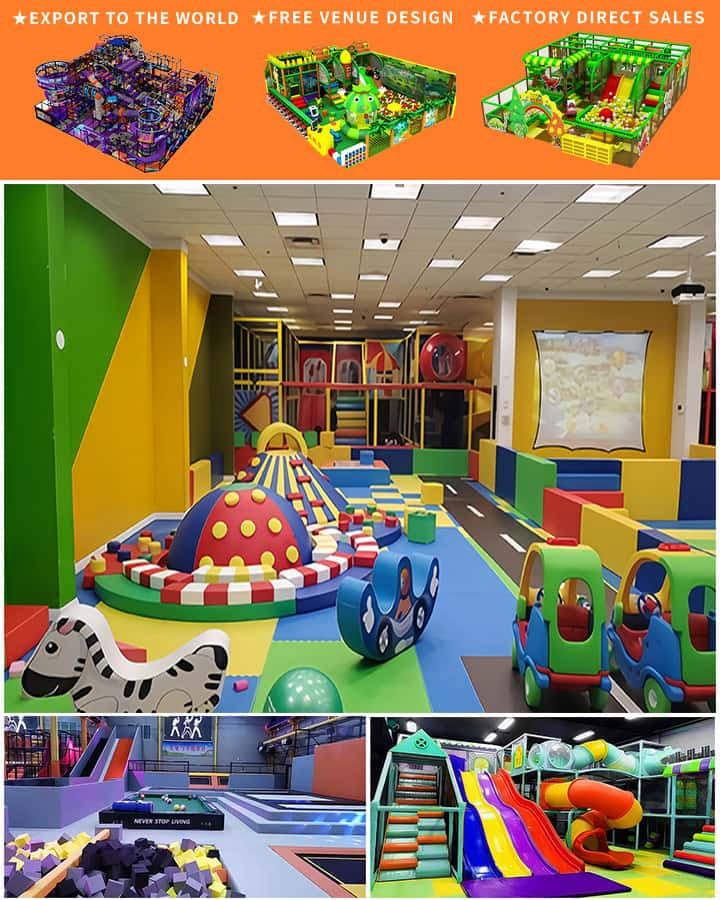In today’s rapidly evolving educational landscape, indoor play equipment plays a pivotal role in the development and well-being of preschool children. This crucial element of early childhood education fosters physical, cognitive, social, and emotional growth, making it an essential component of any preschool environment.
Physical Development
One of the primary benefits of indoor play equipment is its contribution to physical development. Activities such as climbing, sliding, and balancing help improve motor skills, strength, and coordination. These physical challenges encourage muscle development and enhance a child’s overall physical health. Furthermore, indoor play equipment provides a safe space for children to engage in active play, which is particularly beneficial during colder months or adverse weather conditions when outdoor play may be limited.

Cognitive Growth
Indoor play equipment also stimulates cognitive development by encouraging problem-solving, exploration, and creativity. Structured play areas, often equipped with puzzles, blocks, and interactive panels, promote critical thinking and spatial awareness. These activities require children to plan, strategize, and execute movements, laying the groundwork for future academic success. The hands-on nature of such equipment ensures that learning is both engaging and fun, thereby maintaining the natural curiosity and eagerness of young minds.
Social Interaction
Preschool is a formative time for social development, and indoor play equipment offers numerous opportunities for interaction among peers. Group activities on climbing frames, slides, and seesaws teach children essential social skills such as sharing, cooperation, and empathy. These interactions are invaluable as they help children learn how to navigate social situations, resolve conflicts, and understand the perspectives of others. Such experiences are foundational for building healthy relationships and effective communication skills later in life.
Emotional Well-being
Engaging with indoor play equipment also significantly impacts a child’s emotional well-being. Through play, children can express their feelings, develop self-confidence, and experience a sense of accomplishment. Successfully navigating a challenging structure or overcoming a physical obstacle can boost a child’s self-esteem and resilience. Additionally, the joy and laughter derived from playful activities contribute to a positive emotional state, reducing stress and promoting overall mental health.
Safety and Design Considerations
When selecting indoor play equipment for preschoolers, safety should always be a top priority. Age-appropriate designs that incorporate soft materials, rounded edges, and secure fixtures can mitigate the risk of injuries. It is also essential to ensure that the equipment is easily accessible and inclusive, accommodating children with different abilities and needs. Supervision from trained staff further enhances safety, ensuring that playtime is both enjoyable and secure.
Conclusion
In conclusion, indoor play equipment is an indispensable resource for preschool education, offering myriad benefits that extend beyond mere entertainment. By supporting physical, cognitive, social, and emotional development, it lays a strong foundation for lifelong learning and growth. As educators and caregivers, investing in thoughtfully designed indoor play environments can make a significant difference in nurturing happy, healthy, and capable young learners.




